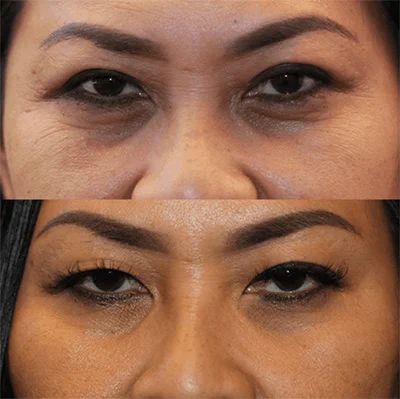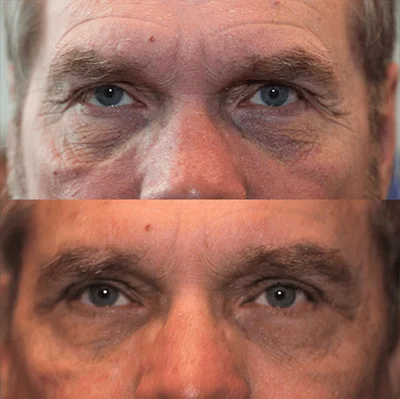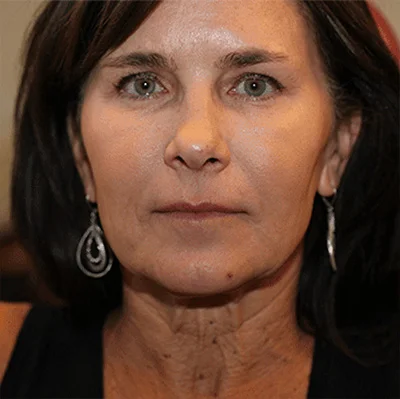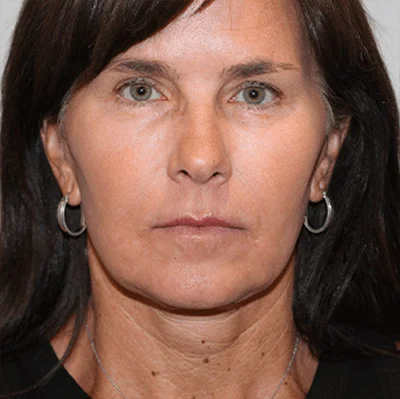
When removed, a cancerous mole or lesion can leave behind a visible scar that affects your appearance. And if that lesion was anywhere on your face, the scar will be highly visible.
At Arizona Ocular & Facial Plastic Surgery, oculofacial plastic surgeon Dr. Dustin Heringer evaluates his patients’ facial scarring and tailors the reconstruction to each individual’s needs and aesthetic goals. There are two basic types of facial reconstruction he might use, and he discusses them here.
Types of facial reconstruction
There are two surgical procedures for facial reconstruction: skin grafting and flap surgery.
Skin grafting
Skin grafting involves taking skin from one part of the body (the graft) and using it to repair a defect at another part. Grafts can be taken as partial thickness (using the very top layer of the skin without incision) or full thickness (surgically removed and sutured). Partial thickness grafts tend to contract significantly as they heal and often appear lighter and shinier than the surrounding skin. This makes them unsuitable for use on the face.
Full-thickness skin grafts work much better. They’re often taken from high on the forehead, behind the ear, or low on the neck. They’re selected to match the color, surface, and thickness of the scar they’re correcting and harvested to match the scar’s size and shape.
However, because the skin is taken from a different location on the body, it may not be an exact match for the skin on the face. In addition, the graft has no blood supply of its own, relying on new vessel growth at its new location for nourishment. If the blood supply is inadequate, the graft could die after placement.
To lower the risk of tissue death, the doctor places a special dressing called a bolster over the graft and sews it. This prevents the graft from moving during the first critical week, allowing the tissue to take hold.
Flap surgery
Local flap reconstruction is the most common surgical procedure for facial skin cancer scars. It uses skin immediately adjacent to the site of the scar, with the exact type chosen based on the location and size of the scar and the unique characteristics of the individual’s skin in that location. The goal is to drape the scar smoothly, hiding it as much as possible in existing facial lines or shadows without compromising facial symmetry or harmony.
Local flaps often have a better color and contour match than skin grafts because the skin lies right next to the scar. And because the flap is still attached along one side, it carries some of its blood supply. That allows Dr. Heringer to adjust the thickness of the flap to the thickness of the scar. He sews the flap in place; after a week, the flap is integrated enough with the scar tissue that he can remove the sutures.
Your eyelids are very delicate and highly prone to scarring after a cancerous lesion or mole is removed. Dr. Heringer uses the same techniques as facial reconstruction to carefully repair scars without compromising your eyelid’s function.
If you’ve had cancerous moles or lesions removed on your face and are concerned about the resulting scars, it’s time to come into Arizona Ocular & Facial Plastic Surgery for a consultation with Dr. Heringer. Give us a call at any of our locations, or book online with us today.



